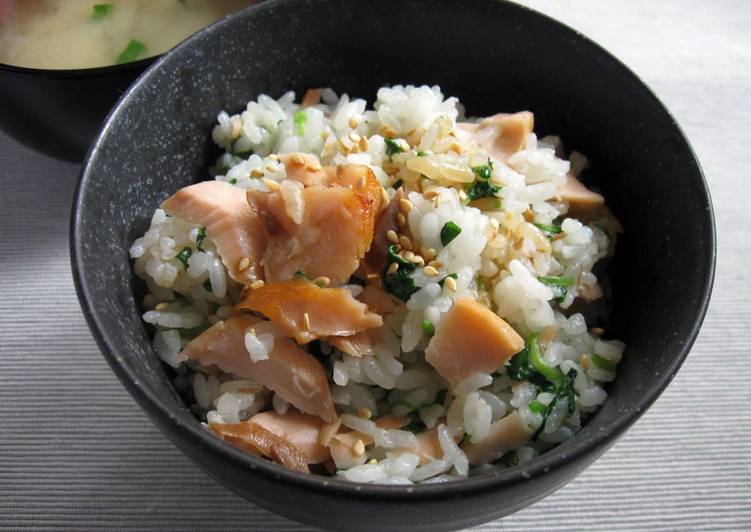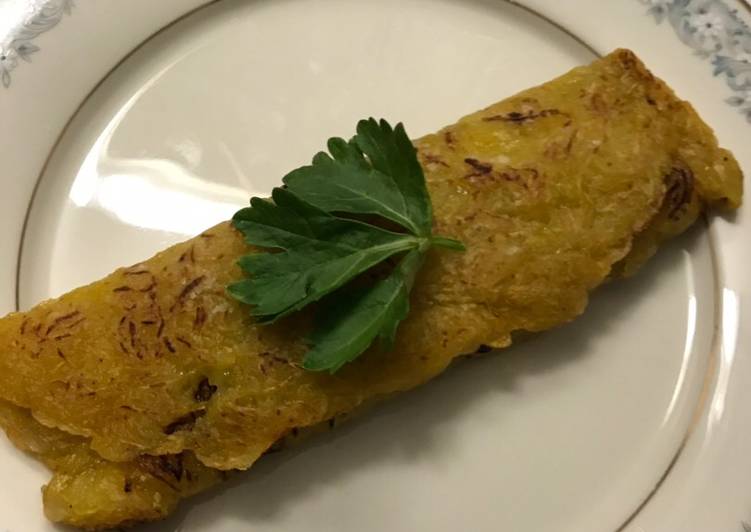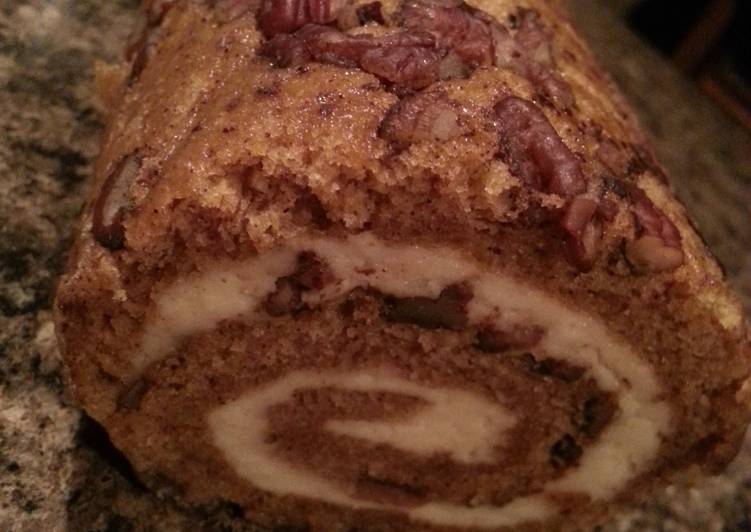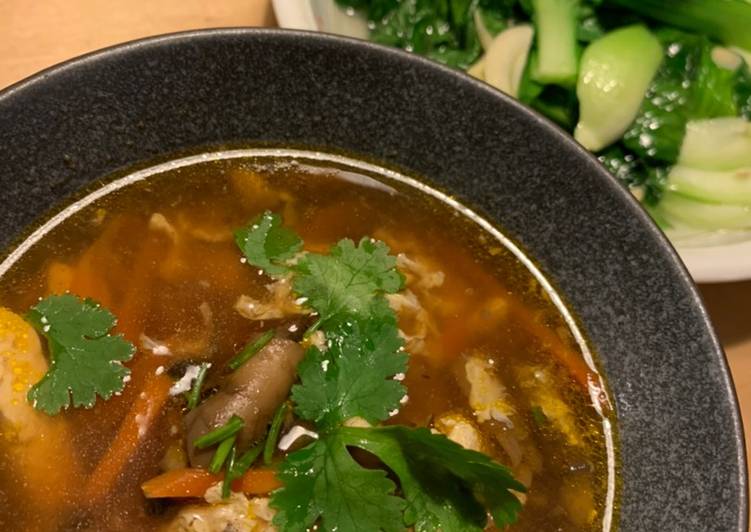Recipe of Appetizing Macrobiotic Simmered Hijiki Seaweed and Konnyaku
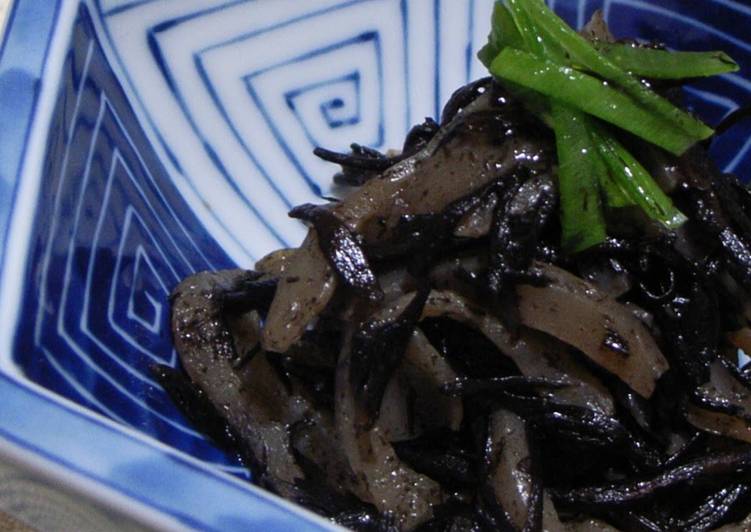
Hey everyone, I hope you are having an amazing day. Today I’m gonna show you a way to prepare a distinctive dish, Macrobiotic Simmered Hijiki Seaweed and Konnyaku. This is one of my favourite food recipe, this time i’am gonna make it a little bit tasty. This is gonna really delicious.
Macrobiotic Simmered Hijiki Seaweed and Konnyaku Recipe. Great recipe for Macrobiotic Simmered Hijiki Seaweed and Konnyaku. This is a staple macrobiotic recipe.
You can have Macrobiotic Simmered Hijiki Seaweed and Konnyaku using 5 ingredients and 9 steps. Here is how you cook it.
Ingredients of Macrobiotic Simmered Hijiki Seaweed and Konnyaku
- Prepare 150 grams of Konnyaku.
- Take 3 tbsp of Hijiki seaweed (dried).
- It’s 1 tbsp of Sesame oil.
- Prepare 1 tbsp of Soy sauce.
- Take 1 of Green onion, parsley or other garnish.
Long Hijiki Seaweed from Kyushu, with crunchiness and the aroma of the sea.Strain Hijiki and drain the water as much as you can.Hijiki seaweed, sliced carrot and aburaage (deep fried thin tofu) are cooked in sweet soy-flavoured dashi stock.Because it is a simmered dish and served at room temperature, hijiki seaweed salad is usually made ahead and kept in the fridge for a few days so that it can be added to the meal as one of a few side dishes to add variety to the meal.
Macrobiotic Simmered Hijiki Seaweed and Konnyaku step by step
- Parboil the konnyaku, rub it a little with salt and rinse. You can skip this step if you use konnyaku that doesn't need parboiling..
- Rinse the hijiki seaweed lightly, soak for about 5 minutes and squeeze out tightly. Don't discard the soaking water..
- Slice the konnyaku into thin rectangular slices. If the hijiki is long, cut it to the same length as the konnayku..
- Stir fry the konnyaku in a dry pan (no oil added). When the moisture on the surface is gone, push the konnyaku to the side of the pan, add the sesame oil to the empty space on the bottom, add the hijiki seaweed and stir fry to 2 to 3 minutes..
- Stir fry the konnyaku and hijiki seaweed together quickly. Add enough of the hijiki seaweed soaking water to cover the ingredients halfway (use regular water if there isn't enough soaking water)..
- Bring to a boil and cover with a lid. Simmer over low heat until the hijiki seaweed is tender. If the pan gets dry before the hijiki is tender, add a little water..
- When the hijiki is tender enough to mash with your fingers, flavor with soy sauce and simmer for another 2 to 3 minutes..
- Stop simmering when there's still some liquid left in the pan. Garnish and serve..
- If you make a lot, chop some up the next day and stir-fry it with tofu to make a delicious scrambled tofu dish. You can even use it as a gyoza dumpling filling!.
Make sure not to over-soak the hijiki!.Our family's version is easy to make.It helps to keep your intestines in shape.. (Like abura-age deep fried tofu, chopped chicken or konnyaku) After cooking leave it to cool in the sauce pan and the flavour will settle and be. cookpad.japan.
Resembling dried tea leaves but lengthier, hijiki is a type of wild seaweed that grows on rocky coastlines around Japan, Korea, and China.It has a sweet, clean taste and mushroom-like quality.In Japan, we often enjoy it as Hijiki No Nimono (ひじきの煮物) which translates to 'simmered hijiki'.Hijiki (ヒジキ, 鹿尾菜 or 羊栖菜, hijiki) (Sargassum fusiforme, syn.Hizikia fusiformis) is a brown sea vegetable growing wild on rocky coastlines around Japan, Korea, and China.
